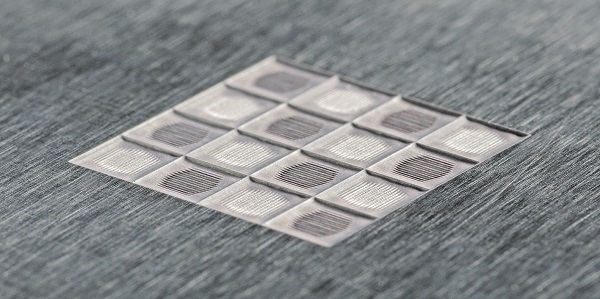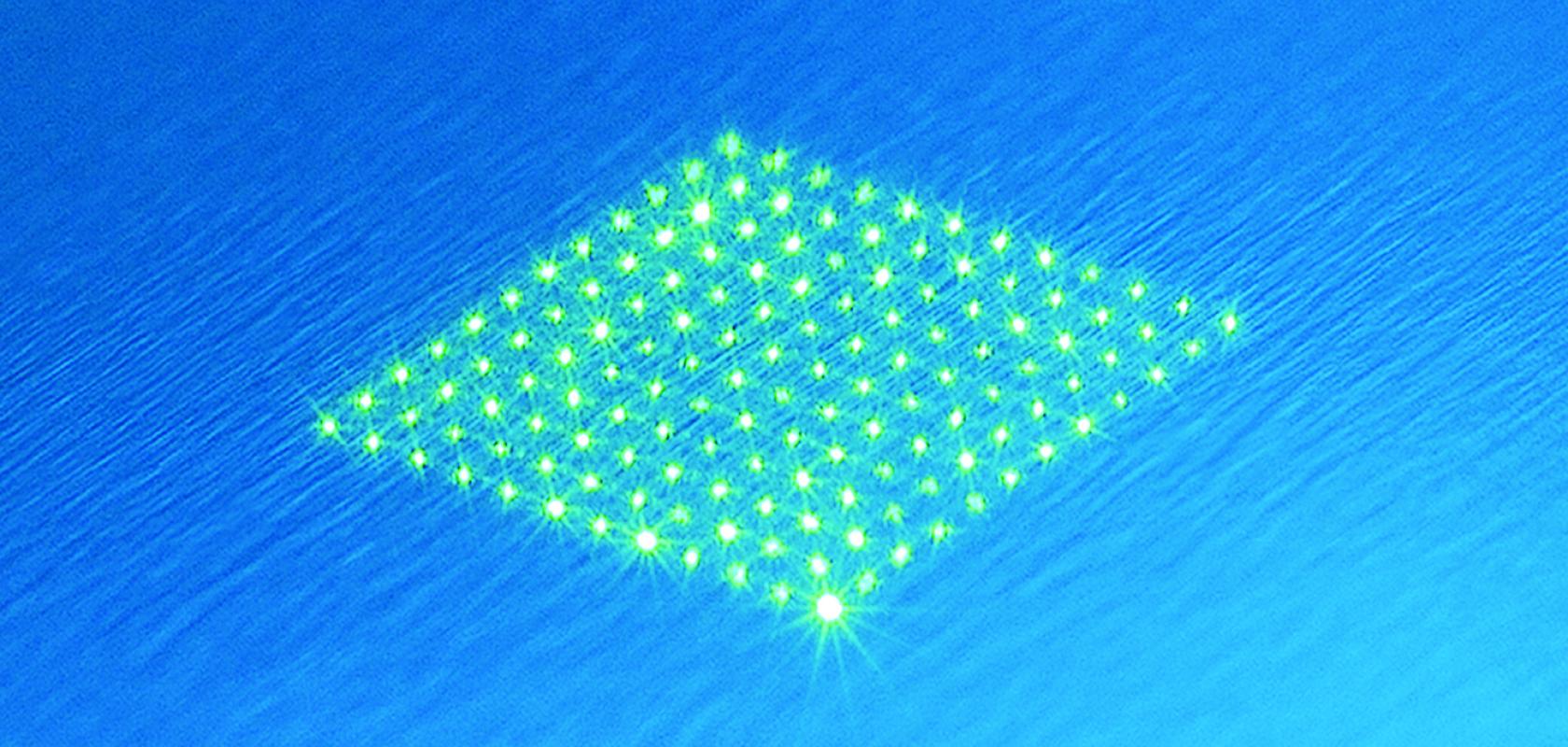A new €4.7 million Horizon 2020 project aims to make material processing with ultrafast lasers up to a hundred times faster over the next three years.
The resulting technology will not only enable significant progress in the tool making industry, but will also open up new perspectives for the application of ultrafast lasers for the texturing and functionalisation of large surfaces.
In recent years, ultrafast laser sources have been developed to offer higher average power, higher pulse energy or higher repetition rate than previously possible. These sources have been complemented by beam delivery systems, either based on ultrafast scanners or some special diffractive optical elements (DOE), that spread one beam into a pattern of many identical beamlets.
While the partners of the ‘MultiFlex’ project acknowledge that laser sources and beam delivery systems have improved remarkably, they believe there is still room for development, in particular when it comes to high-power lasers and high-efficiency processing technology.
The project consortium, consisting of partners Fraunhofer ILT, Amplitude Systèmes, Lasea, AA Opto-Electronic, and RWTH Aachen University, is therefore now planning the next step in the development of ultrafast laser processing technology.

Surface textures on tool steel fabricated by means of ultrafast laser radiation. (Image: Fraunhofer ILT)
Together the partners intend to develop a powerful 1kW laser source that can deliver up to 1mJ pulse energy, either at a regular 1MHz repetition rate or in a burst mode with less than 20ns pulse separation. This source will then be combined with a special optical system that delivers a pattern of more than switchable 60 beamlets (each beamlet can be turned on and off separately). A fast scanner will then be used to direct the resulting pattern onto a workpiece.
The complex system will be complemented by an industry-grade control unit.
The partners intend to deliver a prototype of the new system with all the necessary control technology. The prototype will undergo an extensive series of tests and be validated in use cases provided by associated industrial end users.
It has already been estimated that the prototype will improve productivity by approximately 100-fold compared to current standard ultrafast laser processing systems. This could enable significant progress to be made in the tool making industry, while also opening up new perspectives for the texturing and functionalisation of large surfaces using ultrafast lasers.


